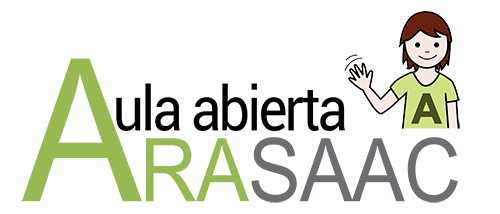Authors:
Manuela Miranda Fernández
Oviedo University
Verónica Martínez López
José Manuel Agra Castro
CPEE Castiello – España
bibliographic information
Preliminary study “Auditory-visual support for grammatical development in intellectual disability”.
MIRANDA FERNANDEZ, MANUELA; MARTÍNEZ LÓPEZ, VERÓNICA; AGRA CASTRO, JOSÉ MANUEL (2017): “Auditory-visual support for grammatical development in intellectual disability”. In Alejandro Rodríguez Martín (comp.), Inclusive innovative practices: challenges and opportunities (pp. 705-713), Oviedo : Servicio de publicaciones de la Universidad de Oviedo
Available in http://digibuo.uniovi.es/dspace/handle/10651/47651
Introduction
Research on language in intellectual disability (ID) is currently focused from the notion of “syndromic specificity” and contrasts the linguistic profiles of different genetic syndromes, revealing that grammatical competence can be severely affected in some of them. Various studies show that hearing-based language learning is compromised in ID and that the acquisition of vocabulary and grammar is determined by their poor short-term verbal memory capacity. However, vocabulary and grammatical production increase when it is accompanied by visual material.
The objective of this work is to determine if a simultaneous auditory-visual support intervention program improves the language of subjects with ID, regardless of whether or not they present a genetic syndrome, increasing sound recognition, vocabulary and grammatical production.
The sample consists of 8 subjects with ID between 10;11 and 15;10 years old, schooled in a special education school.

The procedure was based on the use of auditory-visual material consisting of 50 sounds associated with 50 sequences of ARASAACpictograms.
The results reveal that there are no statistically significant differences between subjects with syndrome and without syndrome after the intervention. In addition, all subjects show a significant increase in sound recognition, vocabulary and grammatical level.
With these results, the effectiveness of the auditory-visual material used is assessed, betting on interventions that prioritize the type of support provided to all subjects with ID.











